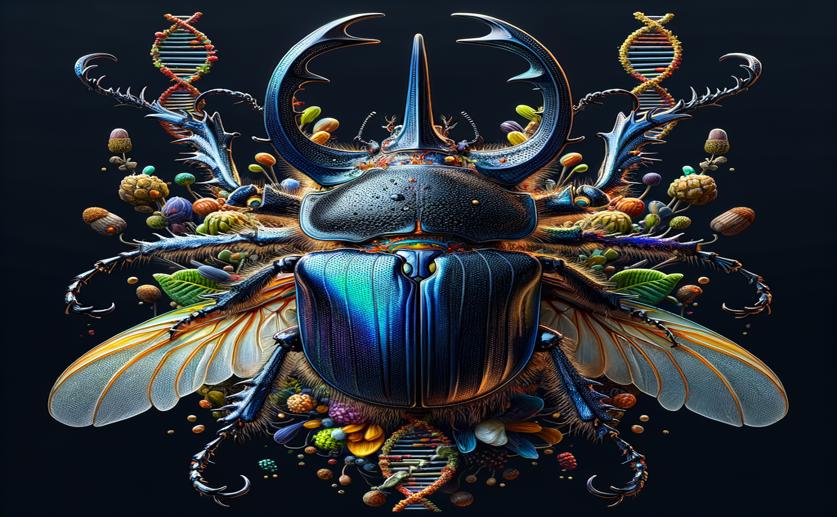
Unraveling the Japanese Beetle's DNA to Understand Its Invasive Threat
Greg Howard
14th March, 2024

Image Source: Natural Science News, 2024
Key Findings
- Researchers improved the genetic map of the invasive Japanese beetle
- The beetle has fewer taste genes, possibly making it less picky with plants
- It has more smell and detox genes, helping it adapt and eat various plants
References
Main Study
1) De novo assembly and annotation of Popillia japonica's genome with initial clues to its potential as an invasive pest.
Published 13th March, 2024
https://doi.org/10.1186/s12864-024-10180-x
Related Studies
2) How do moth and butterfly taste?-Molecular basis of gustatory receptors in Lepidoptera.
3) The diversity and evolution of odorant receptors in beetles (Coleoptera).
4) Diversity and evolution of the P450 family in arthropods.



 6th March, 2024 | Jim Crocker
6th March, 2024 | Jim Crocker